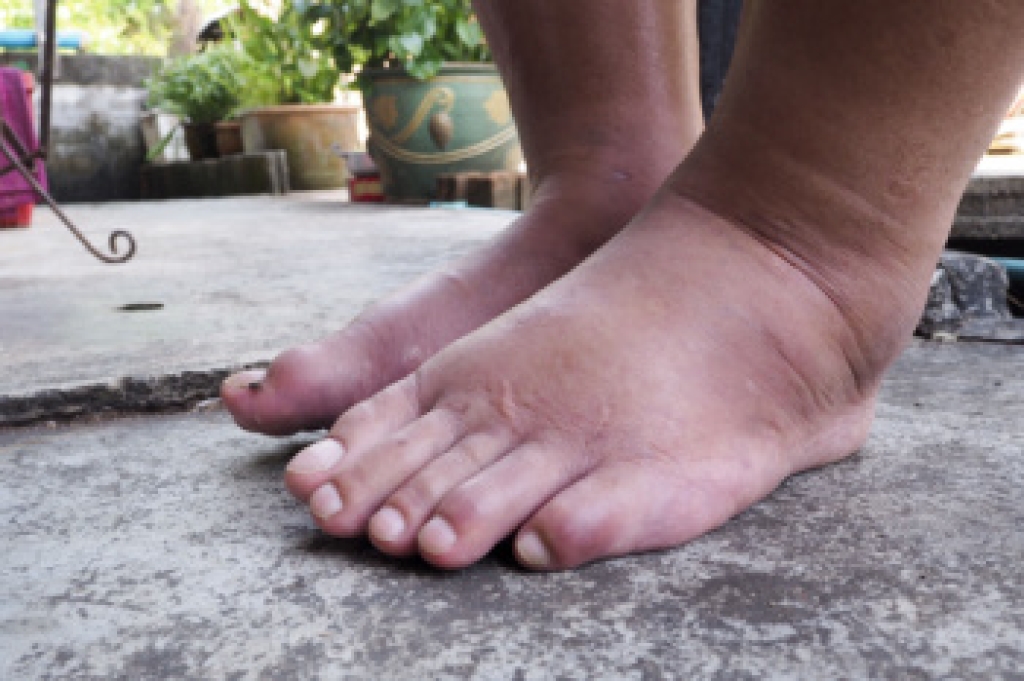
Managing a diabetic foot ulcer requires a thoughtful blend of treatments that support healing while protecting the surrounding skin. Care often begins by removing unhealthy tissue to create a healthier base for recovery. Moisture balancing dressings may be chosen to keep the wound environment stable, while topical or oral medications help reduce the risk of infection. Some ulcers benefit from advanced options such as biologic materials that encourage tissue growth or specialized padding and footwear to take pressure off the injured area. Vascular health and glucose control also influence how well the ulcer responds to care. Because every wound is different, a tailored plan helps promote steady progress and lowers the chance of complications. If your ulcer is not improving or feels differently than expected, it is suggested that you see a podiatrist.
Diabetic foot care is important in preventing foot ailments such as ulcers. If you are suffering from diabetes or have any other concerns about your feet, contact Sam Sanandaji, DPM from Foot and Ankle Care Center. Our doctor can provide the care you need to keep you pain-free and on your feet.
Diabetic Foot Care
Diabetes affects millions of people every year. The condition can damage blood vessels in many parts of the body, especially the feet. Because of this, taking care of your feet is essential if you have diabetes, and having a podiatrist help monitor your foot health is highly recommended.
The Importance of Caring for Your Feet
- Routinely inspect your feet for bruises or sores.
- Wear socks that fit your feet comfortably.
- Wear comfortable shoes that provide adequate support.
Patients with diabetes should have their doctor monitor their blood levels, as blood sugar levels play such a huge role in diabetic care. Monitoring these levels on a regular basis is highly advised.
It is always best to inform your healthcare professional of any concerns you may have regarding your feet, especially for diabetic patients. Early treatment and routine foot examinations are keys to maintaining proper health, especially because severe complications can arise if proper treatment is not applied.
If you have any questions, please feel free to contact our office located in Beverly Hills, CA . We offer the newest diagnostic and treatment technologies for all your foot care needs.




